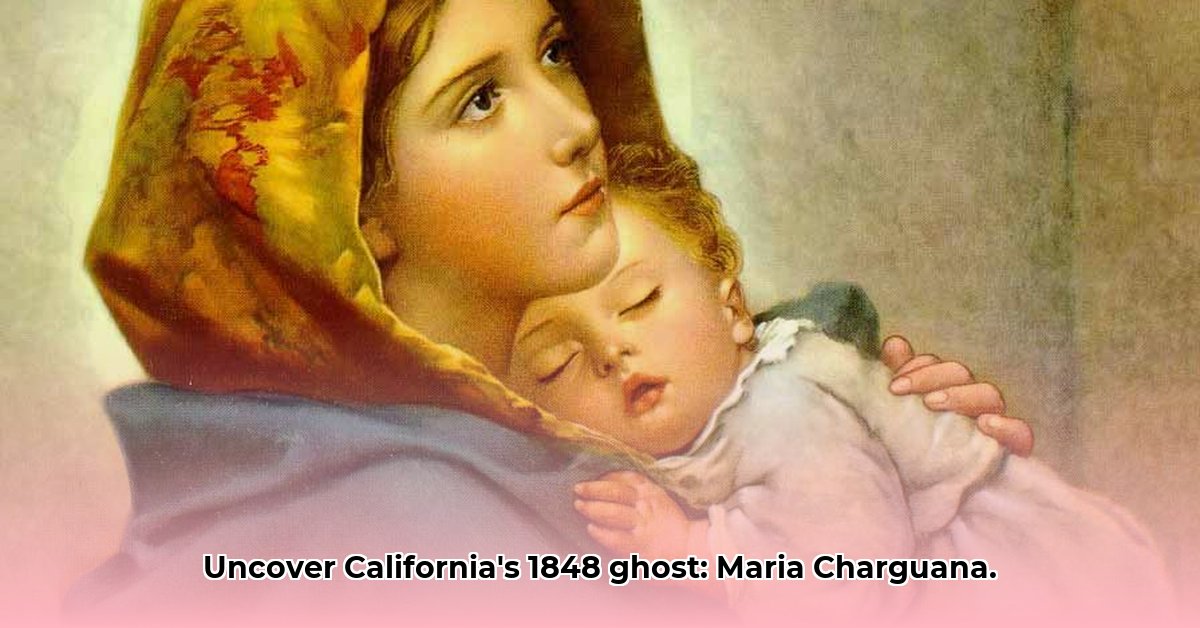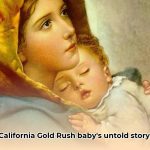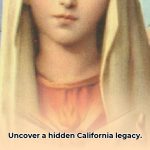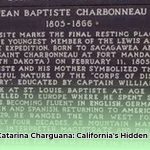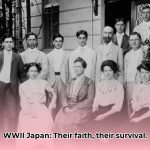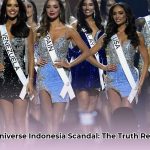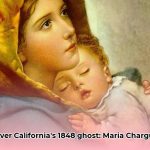Born in 1848 at Mission San Fernando Rey de España, Maria Catarina Charguana remains an intriguing figure. Her ancestry, a blend of Luiseño, French-Canadian, and Shoshone, positions her at the crossroads of California’s diverse history. This article explores the known details of her life, the challenges in uncovering more, and the potential paths for future research.
The Historical Context: California in Transition
The year of Maria Catarina’s birth was a pivotal moment for California, transitioning from Mexican rule to becoming part of the United States. The Gold Rush was beginning to transform the landscape and society. Mission San Fernando, where she was born, was a site of cultural exchange, but also reflected the power dynamics of colonization. Understanding this context is crucial to understanding the forces that shaped Maria Catarina’s early life.
Family and Heritage: A Tapestry of Cultures
Maria Catarina’s father was Jean Baptiste Charbonneau, the son of Sacagawea, the Shoshone woman who famously guided the Lewis and Clark Expedition. Her mother, Margarita Sobin, was a Luiseño woman. This unique heritage meant Maria Catarina was connected to significant figures in both Native American and Western history.
The baptismal record lists her as “Charguana,” a detail that raises questions. Why not “Charbonneau?” Was this her mother’s maiden name? Or does it indicate something about the relationship between her parents? The answers remain elusive, highlighting the gaps in our knowledge and the complexities of piecing together historical narratives.
The Challenges of Historical Research
Tracing Maria Catarina’s life is not easy. Records from the 19th century, particularly those concerning Indigenous women and families of mixed heritage, are often incomplete or missing altogether. This scarcity of information requires researchers to be resourceful, persistent, and sensitive to the limitations of the available sources.
Genealogical websites and databases can provide some clues, but they often contain errors or conflicting information. It’s essential to approach these sources with a critical eye, verifying information and seeking corroboration from multiple sources.
Research Strategies: Seeking the Missing Pieces
Despite the challenges, there are several avenues for uncovering more about Maria Catarina’s life:
- Mission Records: The archives of Mission San Fernando Rey de España may contain further details about her birth, baptism, and family.
- Luiseño Oral Histories: Engaging with the Luiseño community and seeking out oral histories could reveal valuable insights into Margarita Sobin’s life and Maria Catarina’s upbringing.
- Genealogical Research: Expanding the search to include French-Canadian and Mexican archives could shed light on the Charbonneau and Sobin families.
- Historical Societies: Local historical societies may possess documents, photographs, or other materials relevant to Maria Catarina’s story.
Imagining Maria Catarina’s Life
Even with limited information, it’s possible to imagine Maria Catarina’s life in the context of 19th-century California. She would have grown up in a society undergoing rapid change, influenced by Luiseño traditions, French-Canadian heritage, and the growing presence of American culture.
What language did she speak? What stories did she hear? What opportunities and challenges did she face as a woman of mixed heritage in a society grappling with issues of race, identity, and belonging?
The Ongoing Quest: A Reminder of Untold Stories
The search for Maria Catarina Charguana is a reminder of the many untold stories in history, particularly those of marginalized communities. By continuing to research, explore, and share what we learn, we can help bring these stories to light and gain a deeper understanding of our shared past.
Resources for Further Research
- Mission San Fernando Rey de España Archives
- Luiseño Tribal Websites and Cultural Centers
- California Historical Society
- Online Genealogical Databases (with critical evaluation)
Key Takeaways for Tracing California Lineage
- Maria Catarina Charguana’s 1848 birth at Mission San Fernando Rey de España provides a glimpse into California’s complex cultural history.
- Tracing mixed-heritage lineages presents unique research challenges because historical records often lack details about marginalized communities.
- A comprehensive approach combining genealogical research, historical records, and engagement with the Luiseño community is essential.
- Genealogical databases may contain inconsistencies and gaps, requiring careful verification and cross-referencing.
- Researching Maria Catarina’s lineage requires sensitivity to the historical struggles faced by Indigenous women and families of mixed heritage.
Exploring the Puzzle of Maria Catarina’s Roots
Born on May 4, 1848, in a California on the cusp of transformation, Maria Catarina’s parentage—Jean Baptiste Charbonneau and Margarita Sobin—presents intriguing genealogical questions. Was their union formally recognized? What were their individual family histories and cultural backgrounds? The surname “Charguana” itself becomes a mystery. Was it her mother’s maiden name, reflecting Luiseño heritage, or a clerical variation? The historical records offer some clues, leaving many questions unanswered and sparking further research.
Strategies for Navigating Historical Records
Unraveling Maria Catarina’s lineage demands thoroughness and historical awareness. Mission records, detailing births, baptisms, and marriages, represent a starting point. These records, however, may be incomplete or reflect inherent biases of the era. Oral histories from the Luiseño community could provide complementary perspectives unavailable in official documents. Collaborating respectfully with community members and integrating indigenous knowledge is crucial. These research endeavors require dedication, resources, and a collaborative mindset.
Challenges and Rewards of Genealogical Research
Investigating Maria Catarina’s lineage presents unique hurdles: language barriers, incomplete or lost records, and the difficulties in tracing Indigenous family lines. Digital resources, while helpful, may not contain all relevant information. Manual searches through archives and careful cross-referencing of documents are essential. Uncovering Maria Catarina’s story reveals not only a personal journey but also a significant piece of California’s history, acknowledging the struggles and resilience of those often overlooked.
Expert Insights: Understanding the Charbonneau-Sobin Union in 19th-Century California
Maria Catarina Charguana’s life is a captivating study due to her existence in 1848 against the social realities of 19th-century California. The heritage of Indigenous, French-Canadian, and Spanish descent, inspires us to learn more about her real identity. Records show Maria’s birth and baptism in 1848. Her parents, Jean Baptiste Charbonneau and Margarita Sobin, offer a starting point, however, they present significant challenges for today’s researchers. Why “Charguana” instead of “Charbonneau?” Did this reflect a less formal family structure? The limited documentation creates a painstaking process, because existing records lack detail which mirrors social uncertainties of the era. Record-keeping practices were inconsistent, which presents a tremendous challenge. It’s a question that continues to present a problem. Jean Baptiste Charbonneau, Sacagawea’s son, adds an intriguing layer to this family history. Her parents likely did not have a formal marriage. Details about Maria Catarina’s adult life are practically unknown. This lack of information is a barrier to learning.
- Uncover Verna Garver’s teachings on faith: A Hidden Legacy Revealed - July 22, 2025
- Uncovering Maria Catarina Charguana: 1848 California Legacy - July 22, 2025
- Uncover Maria Catarina Charguana’s Story: 1848 California’s Hidden Legacy - July 22, 2025
